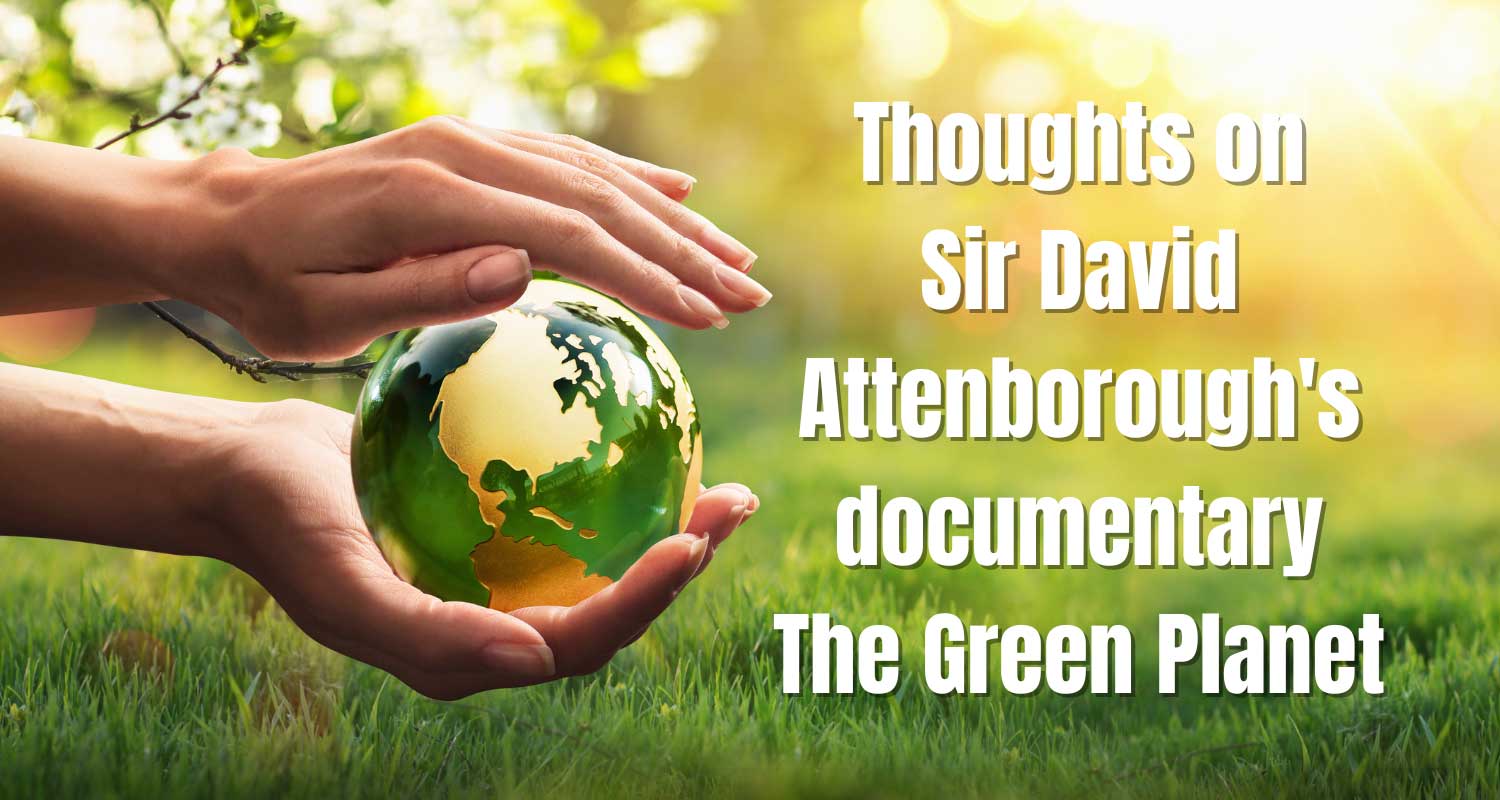Farmers against misinformation

Blog image created with Canva
Sir David Attenborough and his The Green Planet documentary

In the film he states that 80% of cultivated agricultural land is used to grow livestock feed.
I wouldn't blame you if you do. He has spent a lifetime cultivating trust. It is easy to believe that Mr. Attenborough knows what he is talking about.
But is something missing from that 80%? Is there missing context?
Let's take the crop that is most often exampled when talking about plants grown to feed animals…
How much of the corn crop is grown specifically… JUST to feed livestock???
It turns out that about 45% of corn grain is processed to make ethanol fuel for putting in your gas tank. Do cows drive cars? I don't think so. Something like 30% of corn grain is processed to get corn syrup and corn oil. Corn syrup is used as a sweetener in a lot of human intended products even though it's largely unnecessary and detrimental to our health, and corn oils are most often bottled to be used for cooking. Do pigs or chickens cook? Yeah, again, I don't think so. So about 10% of corn ends up as food for humans, either fresh or processed. So now we are up to 85% of corn grain that has a primary use as something humans use…
Of course that isn't the entire story and if I said it was I would be avoiding context just like Mr. Attenborough. Processed corn has waste produced, a byproduct of processing. Sometimes the byproduct is even more valuable than the primary use that is produced from processing. Why? Because after corn being processed for ethanol, syrup, oil, and even whiskey… the byproduct, otherwise considered waste, can be fed to livestock.
And that isn't the end to the story. By weight and volume, the greatest amount of corn fed to livestock is the stalk. Cattle graze corn stalks in the field, but more often harvested and fermented as silage.
And this is true of all kinds of crops… they are most often grown for human uses and we feed what is left over after that human use to livestock. In the industry this is known as efficiency. What a concept (sarcasm).
Soy is almost all processed for oil… for human uses… and the resulting byproduct is meal that is worth more than the oil extracted, as animal feed. Oranges are squeezed for juice and the excess pulp is fed to livestock. Are citrus crops grown specifically to feed animals? I don't think so.
Does it make sense to waste the waste that is fed to animals which give us high quality nutrition? Climate change and nature's decline? I guarantee you there is missing context in almost all information you find.
We are presently being inundated with popular ideas that have very little to do with reality, and some people are militantly anti-animal as a result… because they don't understand the missing context in a popular idea… or what benefits livestock brings to the human friendly environment.
But that's another story.
Written by Cea Martens
Published: August 6th, 2022
Social Media links:
Facebook: Farmers Against Misinformation
Twitter: @farmers_against
Instagram: farmers_against_misinformation
Website: farmersagainstmisinformation.com
Jayne Buxton

The Great Plant-Based Con: Why eating a plants-only diet won't improve your health or save the planet
Diana Rodgers, Robb Wolf

Sacred Cow: The Case for (Better) Meat: Why Well-Raised Meat Is Good for You and Good for the Planet
